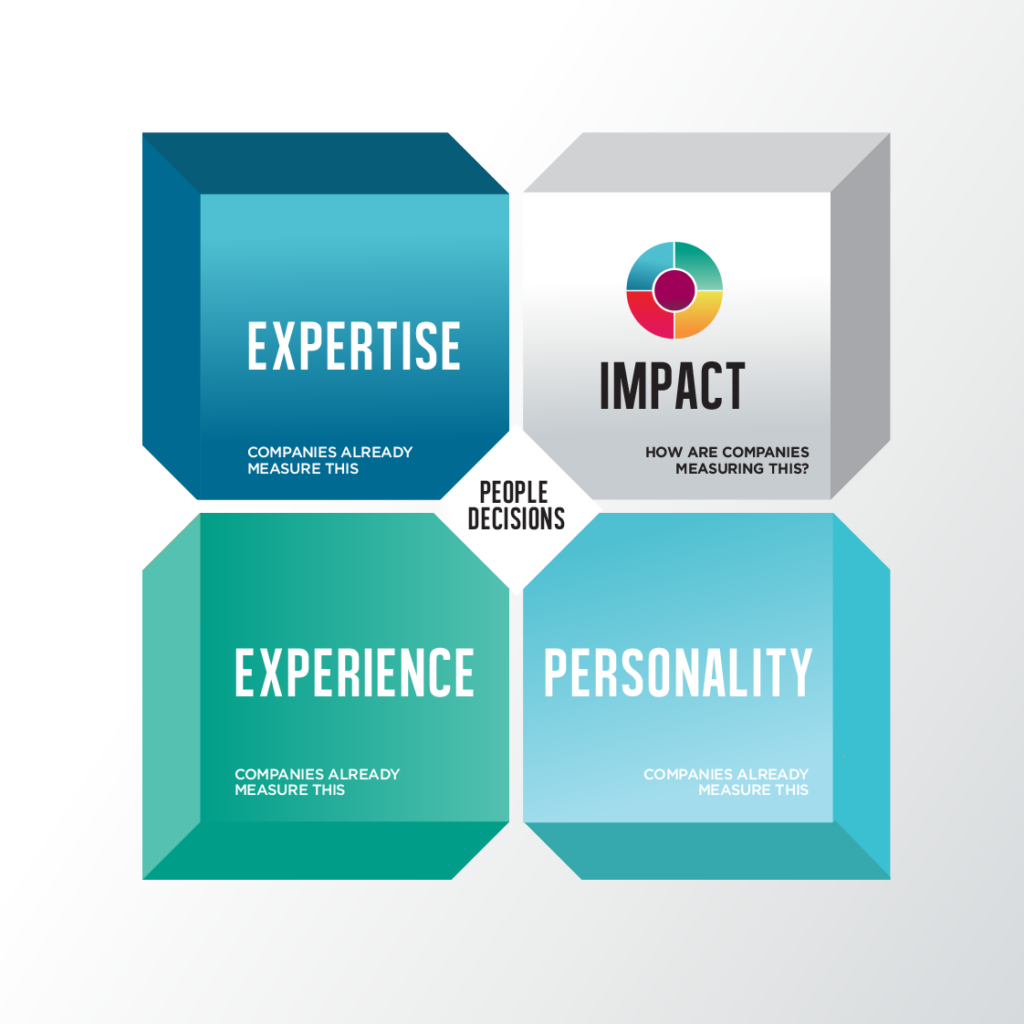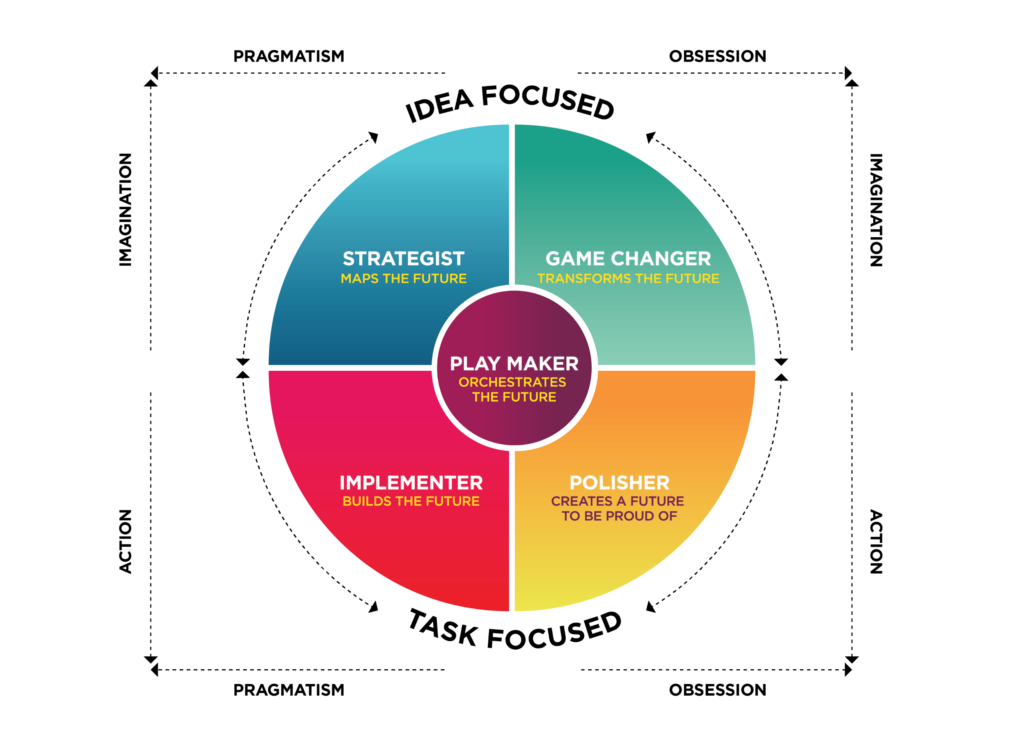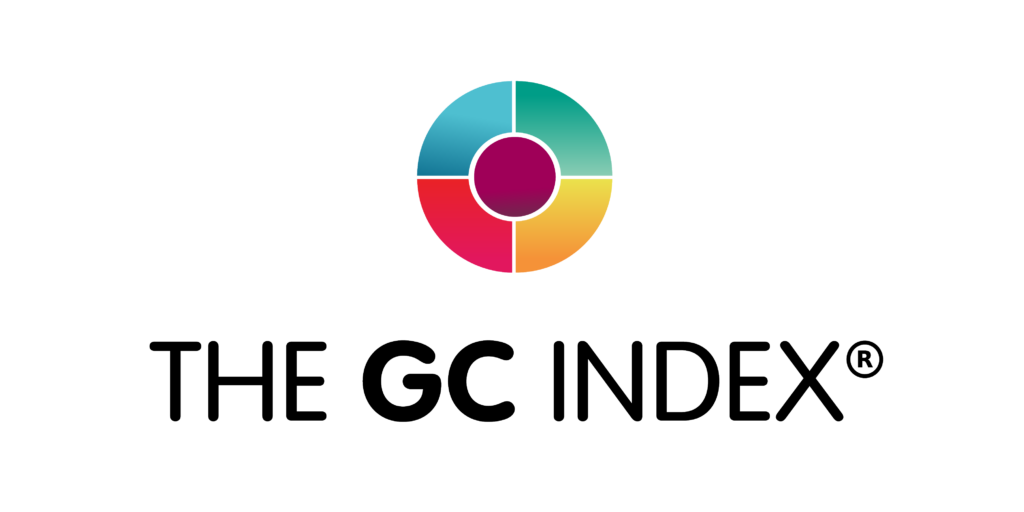Nathan Ott, from The GC Index, talks about how we need to know more about the potential and actual impact of individuals both before we hire and within teams
A significant change is happening in the field of talent acquisition, development and retention. Finding and retaining talent remains a major goal for organisations of every size and yet, too often, the processes used to recruit, develop and secure these high-performing individuals remain wedded to the past. Now, using the latest data-driven strategies, organisations are starting to recalibrate talent management for maximum reward.
Measuring impact
Dr. John Mervyn-Smith, Chief Psychologist at The GC Index, emphasises the importance of understanding individual energy for impact, stating, “We all need to feel potent in our world and when we’re not, our energy changes. Our research shows a good understanding of potential energy for impact can improve individual, team and organisational performance.”
Forward thinking leaders and trainers are starting to measure an individual’s potential for impact – their actual contribution to a role. This is something that has been missing from the learning and development professional’s toolkit until now.
The Chartered Institute of Personnel and Development’s Learning at Work survey revealed that L&D professionals are grappling with capacity issues and a lack of prioritisation from businesses. In response to these challenges, the CIPD urges L&D professionals to leverage data and insights to drive impactful change and emphasise the strategic importance of learning.
By clarifying and aligning the potential impact and contribution of all their people, individually and collectively, to organisational challenges and the delivery of operational objectives learning and development professionals will be able to create a much stronger business case for investment.
Such alignment is critical to organisational efficiency and effectiveness. Indeed, many organisations are recognising the power of this measurement and are recalibrating their talent development processes accordingly.
Aligning roles with individuals
Typically, an organisation will match someone to a role that ‘best fits’ the specific job title. This process relies heavily on the past: past experience, past qualifications, past references. We are seeing benefits among the organisations that are shifting their focus, moving away from focusing on what individuals have done in the past to look at how an individual will positively impact the organisation going forward.
With this knowledge, organisations can move away from the static ‘candidate for designated role’ approach and instead can think more creatively about how to utilise and better support the very best talent within their operation.
Effectively, what this means is that roles are shaped to fit an individual’s potential energy for impact, which can help to ensure that an organisation is better aligned. With the right people in the right roles there is a shared purpose, a deeper understanding of how everybody’s work contributes holistically to overall success.
Better organisational alignment results in increased productivity, improved decision-making, and greater employee engagement, which can ultimately lead to better business outcomes.
A new language for success
The GC Index® is changing the way organisations approach talent management and development. It is a tool that enables organisations to measure a person’s potential impact – their actual contribution to a role, team and organisation.
Whilst it does have psychometric underpinnings it is not a personality measure. Personality questionnaires use questions of behaviours and distil them into a picture of personality. The GC Index® uses questions of personalities and distils them into a picture of real and potential impact.
Professionals in training, leadership and consultant roles are trained in order to interpret The GC Index® data in the right way to help unleash human potential in the workplace, education and society as a whole.
It is enabling organisations to create a language and framework that clarifies and aligns the potential impact and contribution of all their people, individually and collectively, to organisational challenges and the delivery of operational objectives. Such alignment is critical to organisational efficiency and effectiveness.
Our research identifies key ways in which people can make an impact in a role, a team and/or an organisation. We call these proclivities and the five are:
- Strategists – map the future
Strategists possess a unique ability to navigate complex challenges, plan for the future, enabling positive change for the world. - Game Changers – transform the future
Game changers are ideas driven. They see possibilities and ways of doing things that others don’t. - Implementers – build the future
Implementers are action and outcome focused. They will get things done and demonstrate a resilience to setbacks. - Play Makers – orchestrate the future
Play makers are at their best when they are getting things done through others, they are the facilitators and orchestrators within a team. - Polishers – create a future to be proud of
Polishers believe things can always be improved and channel this optimistic drive into continuous improvements, innovations and the pursuit of excellence and perfection.
Think of it this way: if people do something at work that they are energised by and are making a positive impact that is valued, they are more likely to be engaged, happy and realise their true potential. On the other hand, if you have someone who is feeling drained by what they are doing, everything is going to take more effort and they are more likely to feel unhappy, which can have a negative impact on their team and the wider organisation.
The individual profile provides a basis for expert assessment by L&D specialists for development, needs, and growth possibilities. For example, Polishers want to do things well and they will often become frustrated with ‘good enough’. They need to recognise that their high standards can sometimes goes ‘hand in hand’ with a critical nature – development professionals can help them think about how they inspire others with their high expectations rather than inhibit.
There is also the opportunity to carry out team and organisational impact profiles, to support team work, collaboration and wider organisational strategic objectives. By leveraging The GC Index® framework leaders can very quickly make decisions about how a team can get the best contribution from each member.
Aligning role and individual
L&D can support diversity and inclusion initiatives by creating initiatives that foster an inclusive culture, focusing on diversity of thought and impact.
Rather than talk immediately in terms of race or sexuality or disability – language that can sometimes lead to hesitancy from teams or individuals when it comes to EDI – discussions can instead revolve around diversity in terms of how people want to make an impact.
Data that drives every type of organisation
Every organisation, no matter the size or the sector, can benefit from reviewing its talent acquisition and retention strategy. There needs to be a shift in people decision making from a ‘subjective art’ to ‘data-based science’ that takes account of the realities of challenges within an organisation.
It is no surprise to see analysts reporting that talent acquisition and retention remains a key concern for CEOs and CFOs. Businesses thrive or fail on the strength of their people – so why not use the best available data to make the most informed and future-proof decisions?
The GC Index®, an Organimetric that provides rich data, backed by science, is playing a critical role for some of the world’s most recognisable brands. Trainers and leaders at organisations such as Nike, EY, AstraZeneca and the NHS have embraced the tool to help drive positive change. They are using it to seamlessly align teams and operations and drive employee engagement and productivity – all essential contributors to an improved bottom-line.
Now that’s making an impact.
Nathan Ott is Chief Polisher (and CEO) at The GC Index
If you would like to find out more about The GC Index® yourself or discover your energy for impact visit The GC Index








